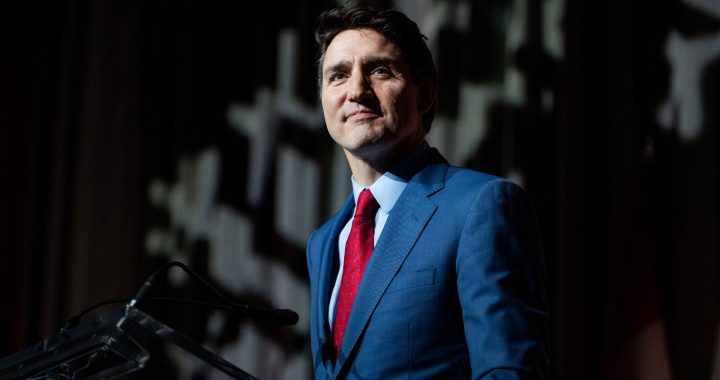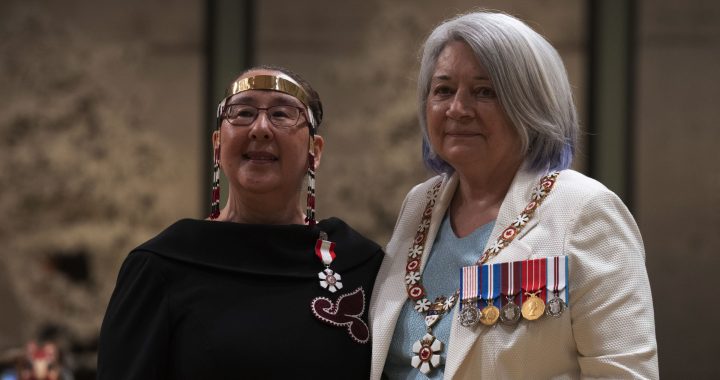Singer Susan Aglukak mixed song and speech as the keynote speaker to get her message out at a conference aimed at coming up with preventative solutions to stop child sexual abuse in Inuit communities.
Aglukak was abused when she was eight years old.
That’s why many of her songs are part of her own healing journey.
Aglukak said with no supports in place, her parents relied on their faith.
“I’ve grown up all my life in the church, I’ve always believed there’s something greater and without this unseen believe,” Aglukak told the gathering. “The choice to believe in a thing we don’t see, it’s a powerful tool when you set on a healing journey because it’s not easy to set out on a healing journey when the things you want to attain is forgotten, you forget who that child was before the assault and the abuse.”
According to the Inuit Tapiriit Kanatami (ITK), 41 per cent of Inui respondents to a 2008 survey in Nunavut said they had experienced severe sexual abuse during their childhood.
Natan Obed, president of the ITK said the rate of child sexual abuse gets to the heart of some of the challenges Inuit are faced with.
He said that’s why it’s imperative to talk openly about violence and child sexual abuse in their communities.
“We want what is best for all and trying to accept and come to terms with this reality of our communities and then move away from the reality and interventions that cause less violence that create less violent communities that create safer spaces for our children that de-normalize abuse,” said Obed.
Obed said during the hearings for the National Inquiry into Missing and Murdered Indigenous Women and Girls in Nunavut, stories of childhood sexual abuse were told again, and again.
Yvonne Ninego, deputy minister of Family Services in Nunavut is one of the 60 participants at the gathering.
She said this is a conversation that is desperately needed.
“There needs to be more training for front line workers, and more resources in place for victims but, it starts with the conversation,” she said.
“We don’t hear the stories, there’s only limited cases actually formally reported and there’s a reason for that, it could be cultural, language, so many reasons, fear in a small community, but it takes starting the conversation and I think that’s starting,” she said.










